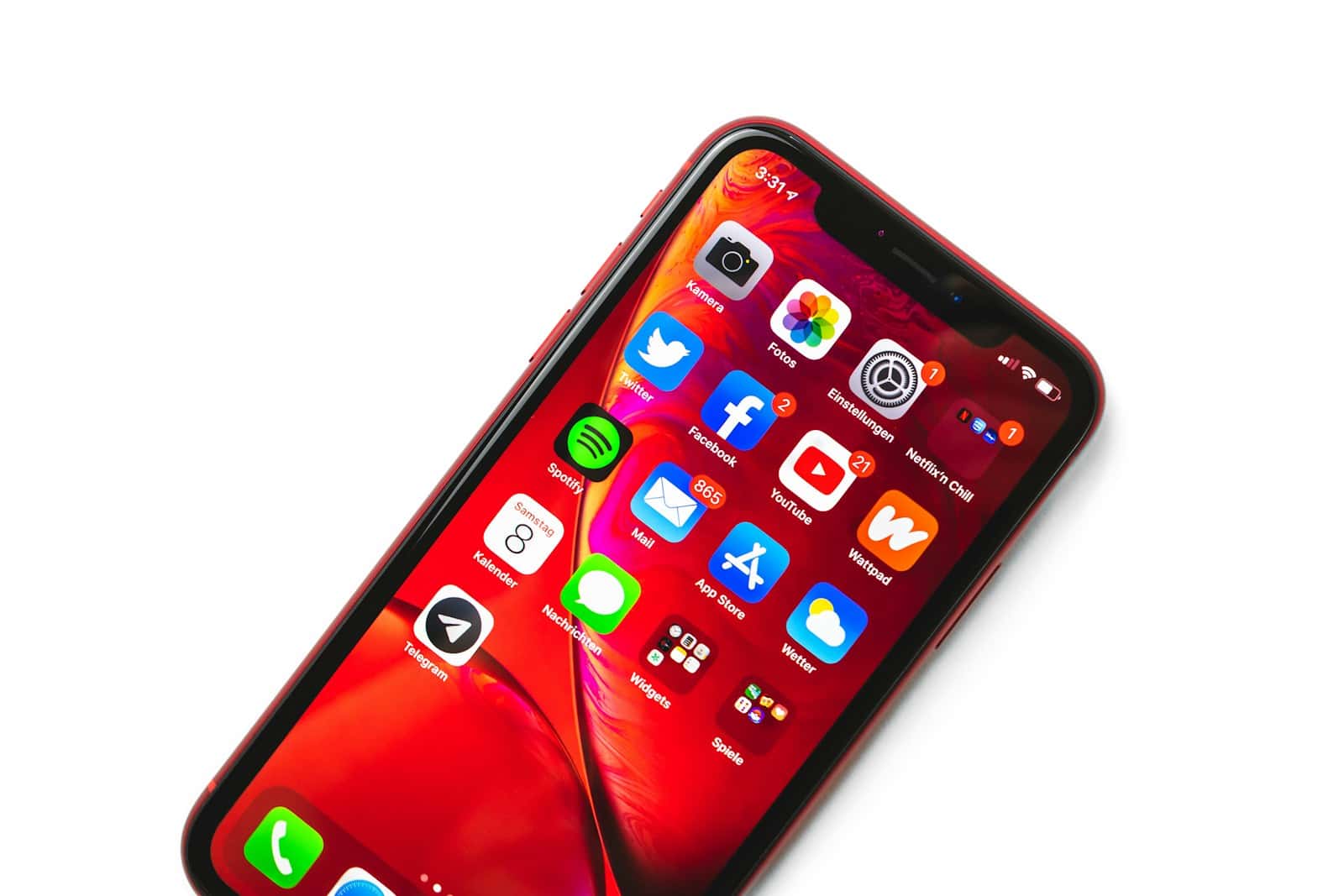Managing apps on your iPhone ensures that your device is running smoothly and effectively. For users looking to improve their iPhone’s performance or simply tidy up their app usage, knowing how to close all apps can be quite helpful. IPhones with a Home button and those without have different methods for closing apps, but both are simple once you learn how.
Closing multiple apps on your iPhone might save battery life and improve overall performance, although it’s not always necessary as iOS handles background apps efficiently. Users with iPhones that have a Home button can use a double-click to access the multitasking view, while those with newer models will need to swipe up and pause. From there, you can close the apps with a simple swipe up. It’s important to remember that force closing apps is not needed all the time and doing so repeatedly may actually lead to more battery consumption since apps have to reload entirely when reopened.
How to Close All Apps on iPhone: A Step-by-Step Guide
Closing apps on your iPhone can help free up memory and improve performance, especially if you notice lagging or unresponsiveness. While iOS is designed to manage background apps efficiently, there are times when manually closing apps is helpful.
Important Note
Apple recommends only closing apps if they are unresponsive or causing issues. Regularly force-closing apps isn’t necessary and can sometimes reduce battery life because apps need to reload from scratch.
Step 1: Access the App Switcher
- iPhone with Face ID (iPhone X and later):
Swipe up from the bottom of the screen and pause in the middle until the app switcher appears showing all open apps. - iPhone with Home Button (iPhone 8 and earlier):
Double-click the Home button to open the app switcher.
Step 2: Close Individual Apps
- Swipe left or right to find the app you want to close.
- Swipe up on the app’s preview card to close it.
Step 3: Close Multiple Apps at Once
- In the app switcher, use multiple fingers (usually two or three) to swipe up on several app previews simultaneously to close multiple apps faster.
Can You Close All Apps at Once?
Currently, iOS does not have a built-in feature to close all apps at once with a single gesture or button. You need to manually swipe up on each app preview. However, using multiple fingers to swipe several apps away at once is the quickest method.
Additional Tips
- Restart Your iPhone: If your phone is sluggish, sometimes a simple restart can clear all apps and refresh system memory.
- Update iOS: Keeping your iPhone updated ensures better memory management and app performance.
- Background App Refresh: You can disable this in Settings > General > Background App Refresh to reduce apps running in the background.
Summary
- Open the app switcher (swipe up and pause or double-click Home).
- Swipe up on app previews to close apps.
- Use multiple fingers to close several apps simultaneously.
- Remember, only close apps if necessary.
Closing apps can help with temporary glitches or freeing up memory, but iOS generally manages apps efficiently in the background for optimal performance.
For more detailed instructions, you can check Apple’s official support page on closing apps: Close an app on your iPhone or iPod touch.
Key Takeaways
- Knowing how to close apps helps manage iPhone performance.
- Methods for closing apps differ by iPhone model.
- Regular app closure is not usually necessary as iOS manages background activity.
Closing Apps on Different iPhone Models
The process to close apps varies between iPhone models. Those with a Home button use a different method compared to newer models with full-screen displays.
Using the Home Button
For iPhone models with a Home button, such as the iPhone 8 or iPhone SE, users need to access the App Switcher to close their apps. Here’s how:
- Double-click the Home button.
- The App Switcher will appear with your recently used apps.
- Swipe the app previews up to close them.
This process allows users to close one app at a time or multiple apps by using several fingers.
Using Gestures on Full-Screen Models
On models without a Home button such as the iPhone X or iPhone 13, a gesture-based approach is needed:
- Swipe up from the bottom of the screen and pause to reveal the App Switcher.
- Swipe left or right to browse through open apps.
- To close an app, flick the app preview upward.
These steps let users close apps one by one. There is no current feature to close all apps at once.
Understanding App Management
Managing the apps on your iPhone effectively can help keep the device running smoothly. Correct app management leads to better performance and can even extend battery life.
Effects on Battery Life and Performance
Most apps on your iPhone remain in a suspended state when not in use. This means they are not actively running or using system resources. However, some believe that closing apps can save battery life and improve performance. In truth, apps in a suspended state use very little power. The system design allows for efficient resource management. Restarting apps can actually use more power than leaving them suspended.
Handling Unresponsive or Glitchy Apps
Sometimes apps become unresponsive or begin to behave strangely. Forcing these apps to close can resolve these issues. To close an unresponsive app on an iPhone, you bring up the app switcher and swipe the problematic app off the screen. This effectively restarts the app and can often fix temporary glitches.
Myths About Closing Apps
A common myth is that you must regularly close apps to keep your iPhone fast. This is not the case. iOS manages memory and performance issues effectively on its own. Closing all the currently open apps does not necessarily speed up your device and may slow it down as the system must reload them into memory when next used. Force closing apps should be the exception, reserved for when an app is causing trouble, not a regular maintenance task. Background app refresh is a feature that allows apps to update even when not in use, and this can be controlled in the iPhone settings for specific apps to save battery life and improve performance.







